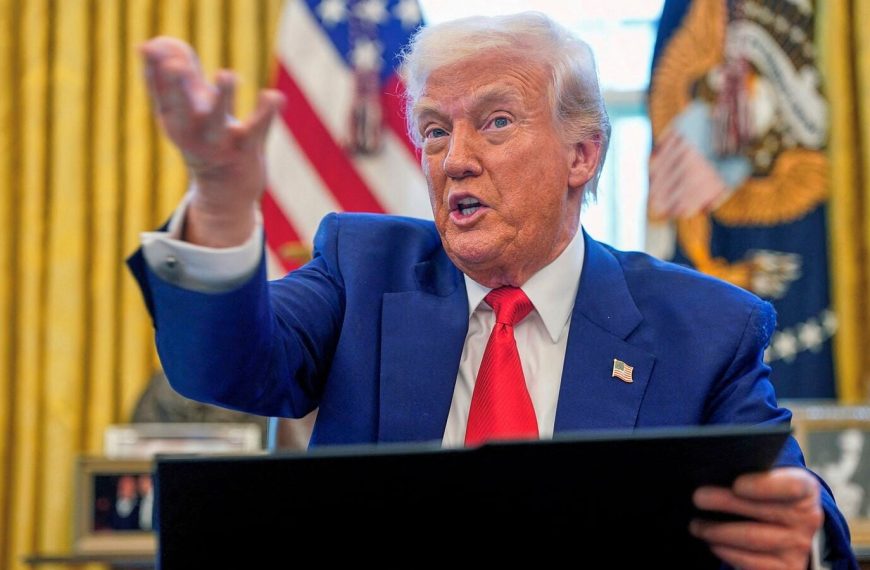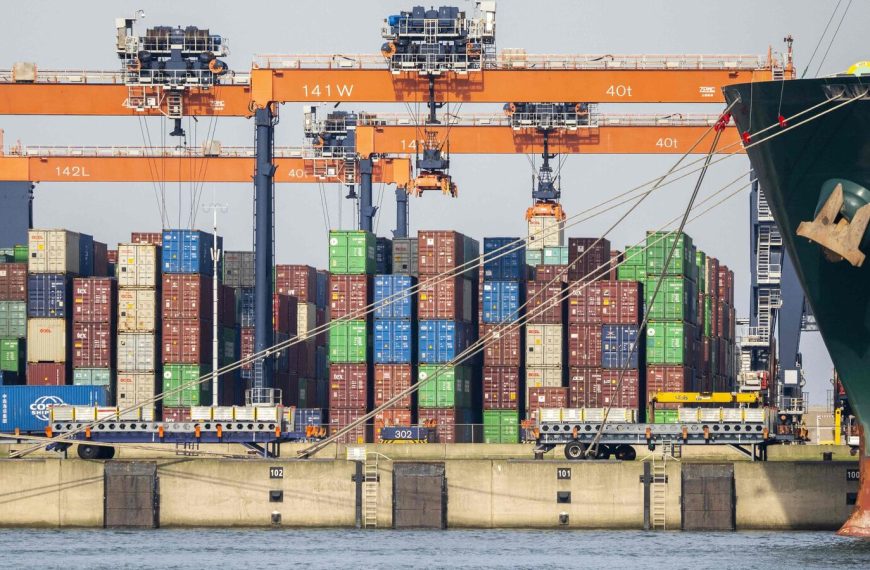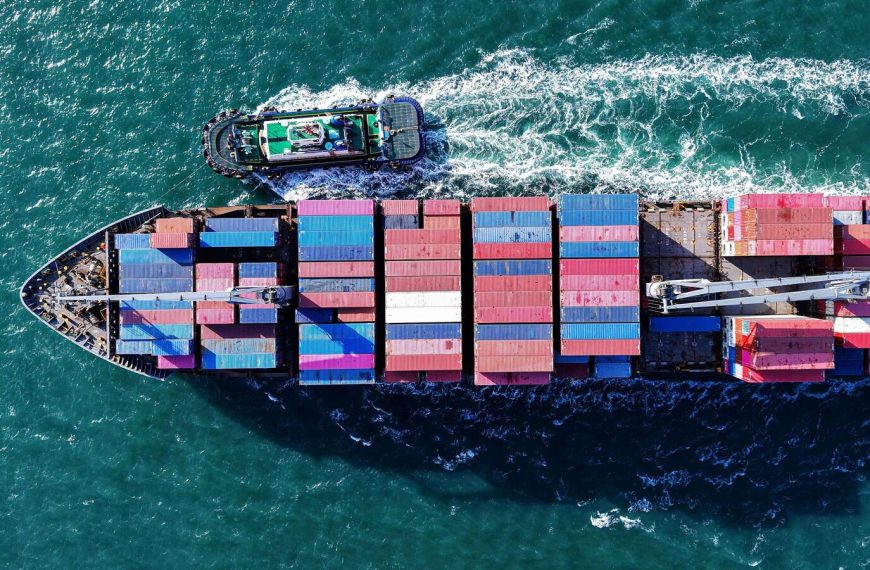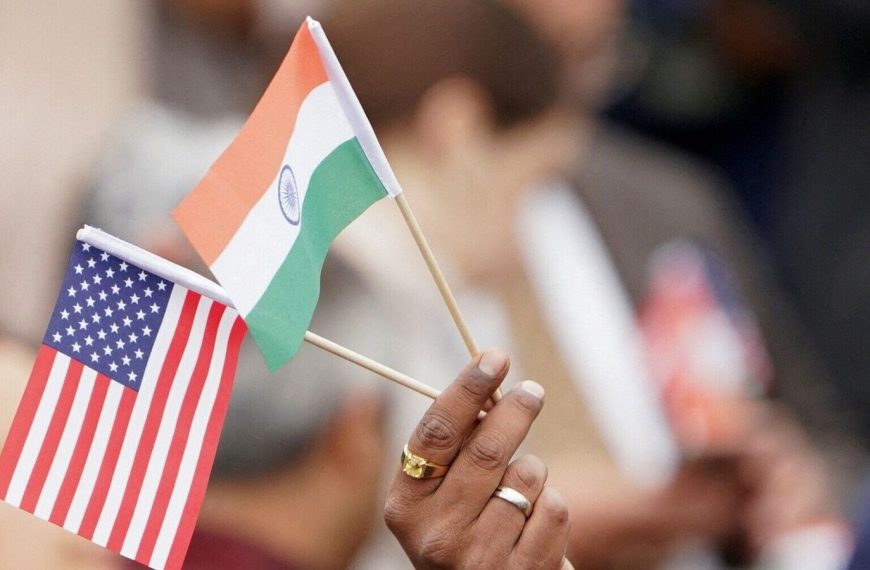In a bold statement made from the Oval Office, President Donald Trump expressed confidence that India will significantly reduce its tariffs, hinting at a transformative shift in trade relations. This announcement comes just a day before his expected ‘Liberation Day’ initiative, which aims to address reciprocal tariffs that have rattled global markets. As companies and nations prepare for this potential change, the ramifications of these tariffs are becoming a hot topic worldwide.
Trump’s Tariff Strategy
During his discussion with reporters, Trump remarked on India’s high tariffs, questioning, “Why didn’t someone do this earlier?” He emphasized that ongoing trade negotiations and pressure from the U.S. are pivotal in encouraging India to lower its barriers. The President has previously labeled India the "tariff king," criticizing its policies as overly restrictive and detrimental to American interests.
- Key Points:
- Trump refers to India’s tariffs as "massive" and "unfair."
- Ongoing negotiations aim to rectify the trade imbalance between the two countries.
As discussions intensify, the uncertainty surrounding Trump’s tariff strategy continues to loom large. Will he implement uniform tariffs on all nations that practice protectionism, or will he adopt a more targeted approach? The world watches closely as the administration navigates these complex trade waters.
The Economic Implications
The imposition of tariffs is a historical tool for the United States, intended to protect domestic industries by making imports more expensive. By raising the cost of foreign goods, tariffs can bolster local businesses and promote economic independence.
- Snapshot of Tariff Rates:
- India: 100% on U.S. agricultural products
- European Union: 50% on U.S. dairy products
- Japan: 700% on U.S. rice
- Canada: Nearly 300% on U.S. butter and cheese
White House Press Secretary Karoline Leavitt highlighted these rates, emphasizing the challenges they pose for American products. She stressed, "It’s time for reciprocity," urging for a historic shift that benefits American workers and businesses.
Looking Ahead
As markets brace for the impending tariff announcements, the economic landscape could undergo significant changes. The outcomes of these discussions will not only affect U.S.-India relations but also have far-reaching implications for global trade dynamics. The focus now lies on how effectively the U.S. can negotiate better terms and foster fairer trade practices moving forward.
In conclusion, the anticipation surrounding President Trump’s tariff announcements underlines a critical moment for international trade. Stakeholders across the globe are eager to see how these developments will unfold and what they mean for the future of economic collaboration.










